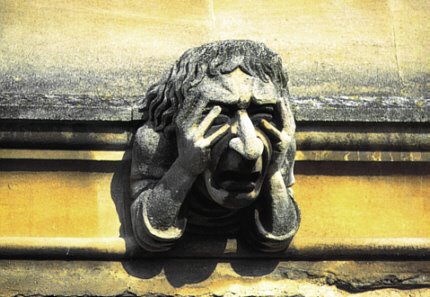“Children and Childhood in the English Renaissance”
 Call for Papers
Call for PapersInternational Symposium, Universität Siegen (Arthur‐Woll Haus), 10 to 11 February 2012
Despite the fact that the terms “child” and “childhood” have inspired
scholars of various disciplines and ages, the representation of
childhood in the time of the English Renaissance remains an
under‐investigated topic. The reasons for this oversight are manifold.
Although Philip Ariès’s thesis that childhood was discovered in the
eighteenth century has meanwhile been revised (see, for instance, Orme
and Hanawalt on the Middle Ages, or Pollock on the Early Modern Period),
comprehensive studies of childhood in the Renaissance are still
comparatively scarce. This is the more deplorable since the Renaissance
can be regarded as a transitional period between the Middle Ages and the
increasing influence of Puritanism in the seventeenth century, with its
focus on childhood as a crucial period in spiritual life. In fact,
childhood is a central topic of Renaissance literature. The dramatic
works of Shakespeare are a case in point: the parent‐child relationship,
for instance, is of prominent significance in many of the Bard’s
principal tragedies. In Romeo and Juliet and King Lear it is precisely
this relationship that stands in the core of the tragedy causing the
ultimate end of the protagonists. Besides, the concept of childhood was
also a part of the state apparatus. Elizabeth I was often represented as
“the mother of the nation” and a pelican who feeds her subjects,
respectively children with her own flesh. While scholars have frequently
focused on the maternal side of such metaphors, the implications of
childhood are yet understudied. Last but not least, one could think of
the emergence of numerous books on education and teaching methods for
children by Mulcaster or Ascham who certainly develop their own concepts
of childhood and adolescence.
The international symposium at the University of Siegen therefore seeks
to explore a wide range of questions related to the representation of
childhood in this widely neglected period in childhood studies. Papers
are invited on various topics dealing with the representation of
children and the development of the concept “childhood” in the
Renaissance. Suggested topics may include:
‐
Representation of Children in literature, the visual arts and music
‐
Conceptualizations of Childhood (e.g. in philosophy, rhetoric, science)
‐
Childcare (medical advice, handbooks, nursing, swaddling etc.)
‐
Educational issues
‐
Children’s literature, toys and games
‐
Family relationships
‐
Childhood and religion
‐
Royal children
Please send your proposals (200‐300 words) for papers of c. 20 minutes
to both am.englit‐si@muelleranja.eu AND drenkov@anglistik.uni‐siegen.de.
The deadline for proposals is 28 February 2011. Selected papers will be
published in the conference proceedings. Contact: Dr. des. Boris Drenkov and Prof. Dr. Anja Müller, Universität Siegen, FB3: Sprach‐, Literatur‐ und Medienwissenschaften, Anglistik II: Literatur‐ und Kulturwissenschaft, Adolf‐Reichwein‐Str. 2, 57076 Siegen,
Germany


0 Comments:
Post a Comment
<< Home